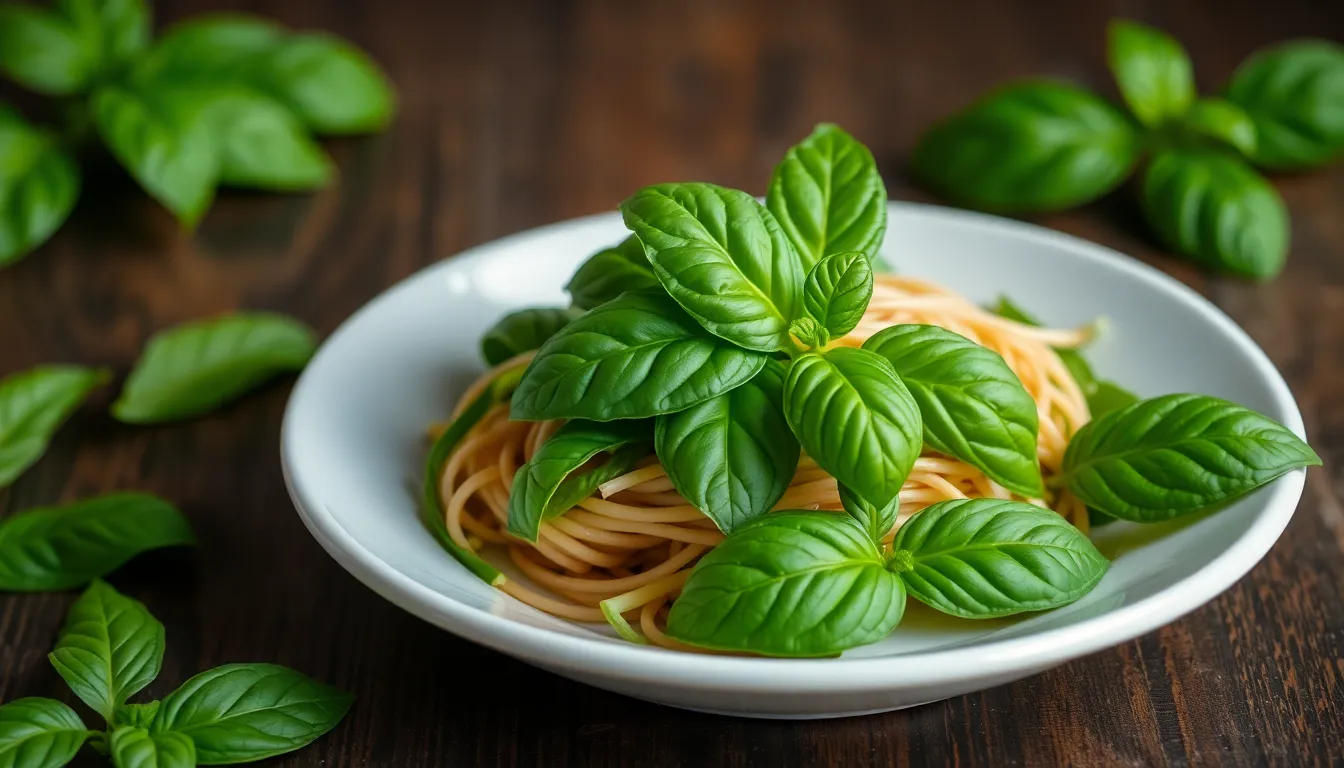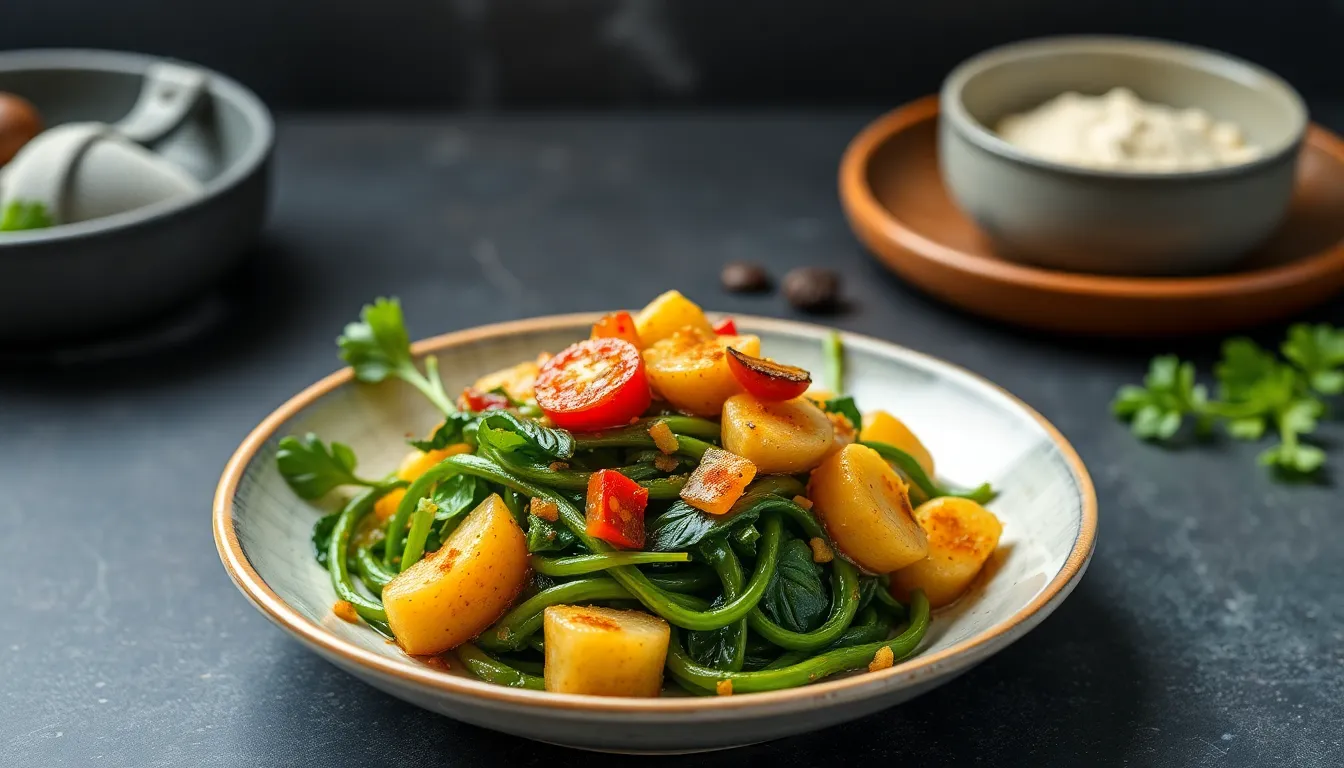Braising and Caramelization: The Perfect Pair
Cooking is an art form that allows you to explore flavors and textures, and among the many techniques available, two stand out for their ability to transform simple ingredients into extraordinary dishes: braising and caramelization. When combined, these methods create a symphony of taste and aroma that can elevate any meal from ordinary to unforgettable.
In this blog post, we’ll delve into the world of braising and caramelization, exploring how these two techniques complement each other to enhance flavors and textures in your culinary creations. From understanding the braising process to mastering the art of caramelization, we’ll equip you with the knowledge and recipes you need to impress your family and friends.
Section 1: Understanding Braising
1.1 What is Braising?
Braising is a cooking method that involves both moist and dry heat. It typically starts with browning meat or vegetables in fat and then slow-cooking them in a covered pot with a small amount of liquid. This technique is particularly effective for tougher cuts of meat, as the slow cooking process helps to break down connective tissues, resulting in tender, flavorful dishes.
The history of braising dates back centuries and can be traced to various cultures around the world. From coq au vin in France to osso buco in Italy, braising has been a staple in traditional cooking for its ability to transform humble ingredients into hearty meals.
1.2 The Braising Process
The braising process can be broken down into several key steps:
- Choosing the right cut of meat: Look for tougher cuts such as chuck roast, short ribs, or pork shoulder, as they benefit most from the slow cooking method.
- Browning the meat: Heat oil in a heavy pot and sear the meat on all sides to develop a rich, brown crust, which adds depth of flavor.
- Adding liquids and aromatics: Once the meat is browned, add ingredients such as broth, wine, herbs, and spices to create a flavorful cooking liquid.
- Slow cooking techniques: Cover the pot and cook in the oven or on the stovetop at a low temperature for several hours until the meat is fork-tender.
1.3 Benefits of Braising
Braising offers numerous advantages that make it a favorite cooking technique among chefs and home cooks alike:
- Tenderizing tough cuts: The slow cooking process breaks down tough fibers, resulting in juicy and tender meat.
- Deepening flavors: The combination of browning and slow cooking allows flavors to meld and intensify, creating rich and satisfying dishes.
| Cut of Meat | Cooking Time (Hours) | Flavor Profile |
|---|---|---|
| Chuck Roast | 3-4 | Rich, beefy |
| Short Ribs | 2-3 | Marbled, succulent |
| Pork Shoulder | 3-5 | Savory, juicy |
| Lamb Shanks | 2-3 | Earthy, tender |
| Chicken Thighs | 1.5-2 | Flavorful, moist |
Section 2: The Art of Caramelization
2.1 What is Caramelization?
Caramelization is the process of cooking sugar until it turns brown and develops a rich, complex flavor. It occurs when sugars are heated to a high temperature, resulting in a series of chemical reactions that enhance the taste and color of foods. The Maillard reaction, a form of caramelization, also occurs when proteins and sugars react at high heat, contributing to the delicious crust on roasted meats and the golden brown color of sautéed vegetables.
2.2 The Caramelization Process
Caramelization involves a few essential steps:
- Selecting ingredients: Choose ingredients rich in natural sugars, such as onions, carrots, or butternut squash, to achieve the best results.
- Heat levels and timing: Use medium to high heat to encourage caramelization, but be careful not to burn the sugars. Patience is key!
- Stirring vs. letting ingredients sit: Stirring frequently can help evenly distribute heat, but letting ingredients sit for a moment can create a better sear and deeper flavor.
2.3 Benefits of Caramelization
The process of caramelization brings numerous benefits to your dishes:
- Enhancing flavors: Caramelization intensifies the natural sweetness of ingredients, adding depth to savory dishes.
- Creating appealing textures and colors: The golden brown hues and crispy textures of caramelized foods make them visually enticing and palatable.
Section 3: The Perfect Pairing of Braising and Caramelization
3.1 Why They Work Well Together
Braising and caramelization work beautifully together to amplify the flavors and textures of a dish. The caramelization process adds a depth of flavor to the rich, saucy base of a braised dish, while the moisture from braising prevents ingredients from becoming too dry or overly crunchy. The combination creates a perfect balance between tenderness and texture, resulting in a satisfying culinary experience.
3.2 Recipes That Showcase Both Techniques
Recipe 1: Braised Short Ribs with Caramelized Onions
Ingredients:
- 4 lbs short ribs
- 2 large onions, sliced
- 4 cloves garlic, minced
- 2 cups beef broth
- 1 cup red wine
- 2 tbsp olive oil
- 2 sprigs fresh thyme
- Salt and pepper to taste
Steps:
- Preheat your oven to 325°F (165°C).
- Season the short ribs with salt and pepper. In a large Dutch oven, heat olive oil over medium-high heat and brown the ribs on all sides. Remove them from the pot and set aside.
- Add the sliced onions to the pot and caramelize them, stirring occasionally, for about 15-20 minutes until golden brown.
- Stir in the minced garlic and cook for an additional minute.
- Deglaze the pot with red wine, scraping up any brown bits from the bottom. Add the beef broth and thyme.
- Return the browned short ribs to the pot, cover, and transfer to the oven. Braise for 2-3 hours until tender.
- Serve with the caramelized onions and sauce spooned over the top.
Recipe 2: Caramelized Vegetable and Braised Chicken Casserole
Ingredients:
- 4 chicken thighs, bone-in and skin-on
- 2 cups mixed vegetables (carrots, celery, bell peppers)
- 1 onion, chopped
- 1 cup chicken stock
- 1 tbsp balsamic vinegar
- 2 tbsp olive oil
- Salt and pepper to taste
Steps:
- Preheat your oven to 350°F (175°C).
- In a large oven-safe casserole dish, heat olive oil over medium-high heat. Season the chicken thighs with salt and pepper and brown them on both sides. Remove and set aside.
- Add the chopped onion and mixed vegetables to the pot, caramelizing for about 10 minutes until they are browned and tender.
- Return the chicken to the pot and add chicken stock and balsamic vinegar.
- Cover the casserole dish and bake in the oven for 45 minutes to 1 hour until the chicken is fully cooked and tender.
- Serve hot, garnished with fresh herbs if desired.
3.3 Tips for Success
To master the art of braising and caramelization, here are some tips to ensure success:
- Timing is crucial: Allow enough time for both processes to develop optimal flavors. Don’t rush the caramelization; it’s worth the wait!
- Monitor your temperature: Use a heavy-bottomed pot to maintain even heat, preventing burning and uneven cooking.
- Avoid overcrowding: When caramelizing, ensure that ingredients have space to breathe. Overcrowding can lead to steaming instead of browning.
- Experiment with flavors: Don’t hesitate to try different herbs, spices, and liquids in your braising and caramelization to create unique flavor profiles.
- Watch for doneness: Use a meat thermometer to ensure your braised meats are cooked to the right internal temperature for safety and tenderness.
Conclusion
Braising and caramelization are two powerful culinary techniques that, when combined, can elevate your cooking to new heights. The tenderness of braised meats paired with the rich, complex flavors of caramelized ingredients creates dishes that are both satisfying and memorable. As you explore these methods, experiment with different ingredients and techniques to find your unique flavor combinations.
So, gather your ingredients, roll up your sleeves, and try your hand at these methods in your kitchen. Share your experiences and delicious creations with us—let’s celebrate the magic of braising and caramelization together!
Additional Resources
- Serious Eats: Mastering Braising
- The Kitchn: How to Caramelize Onions
- Food Network: Braised Meat Recipes




